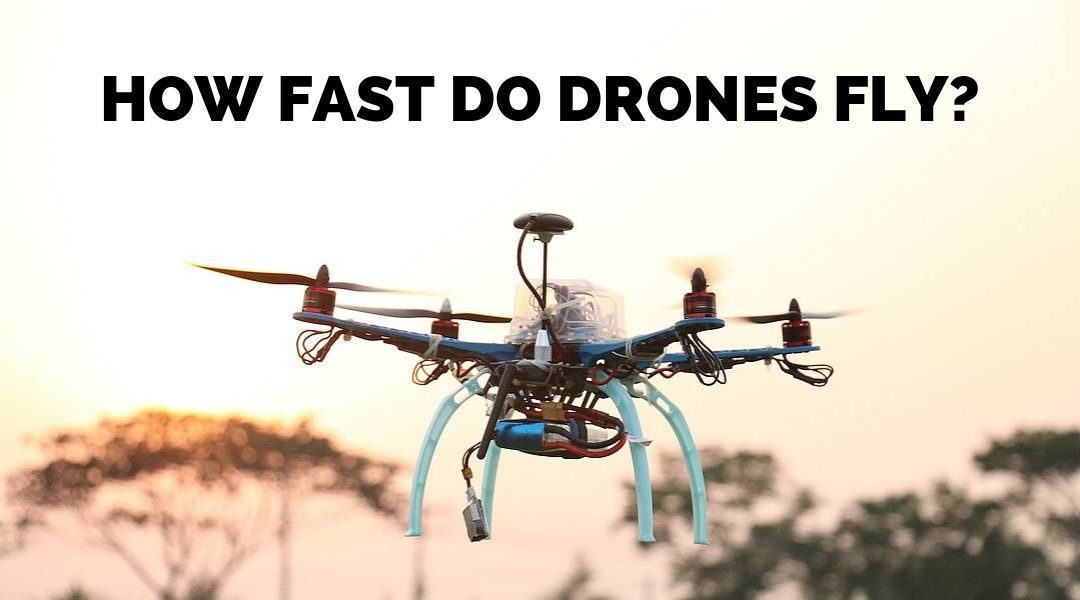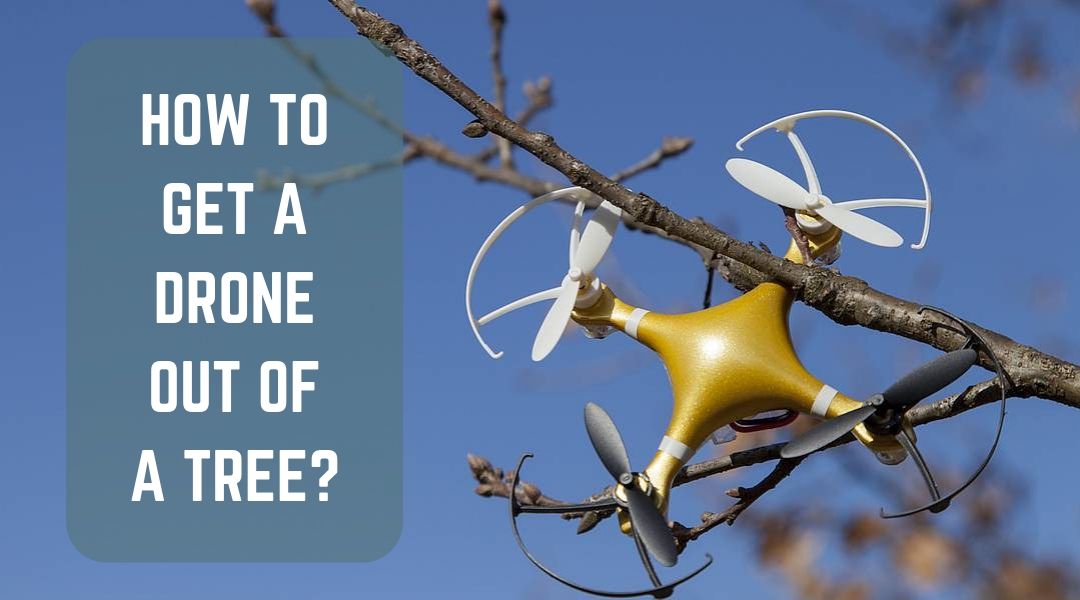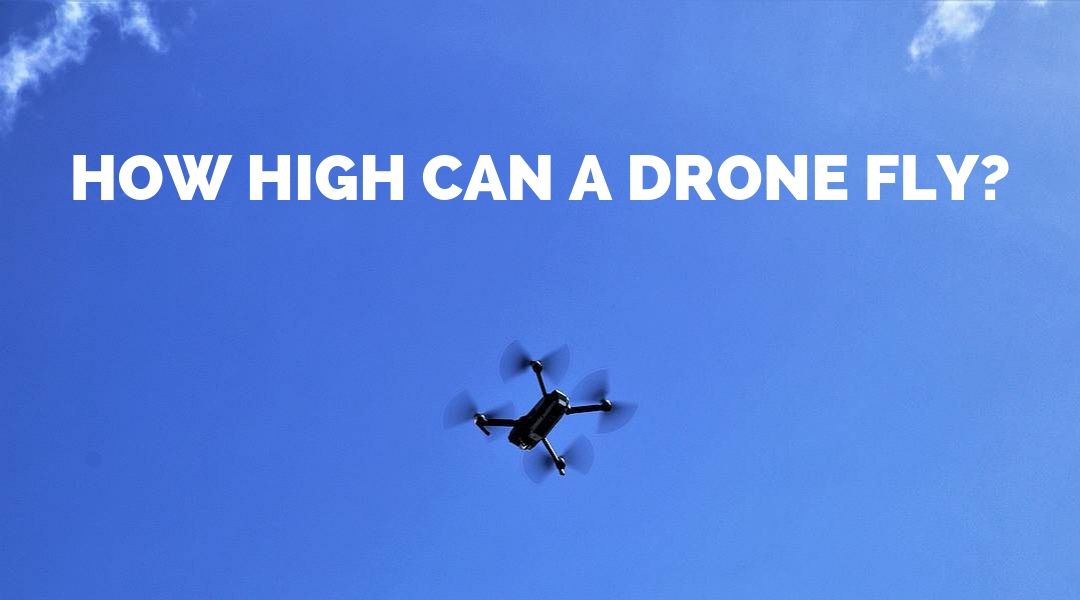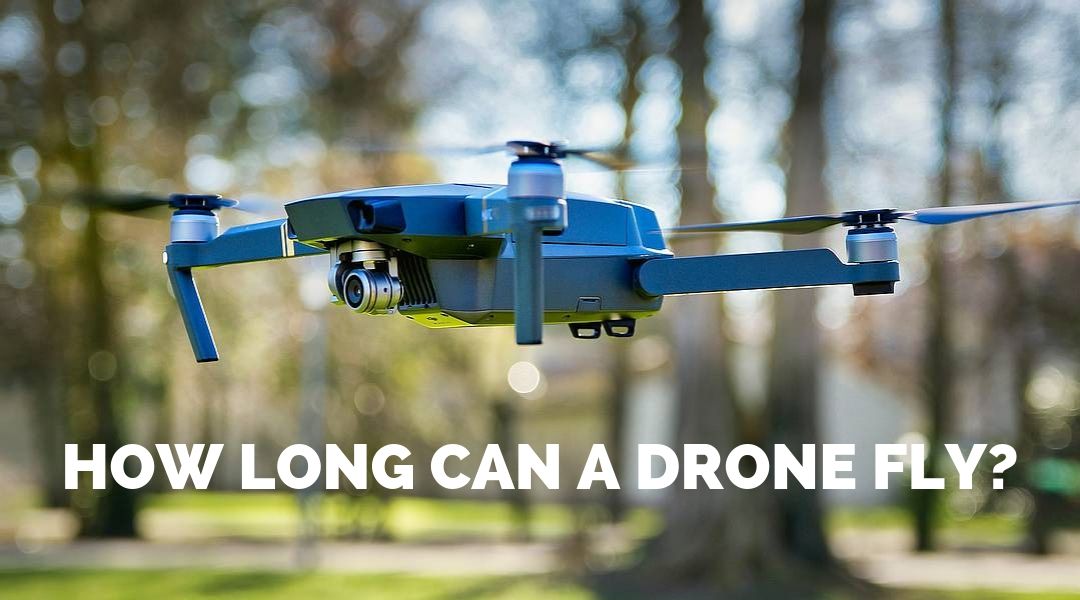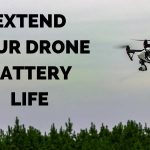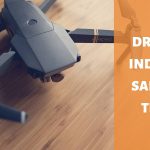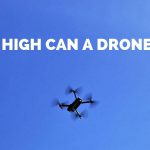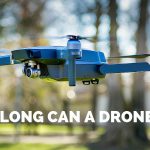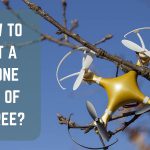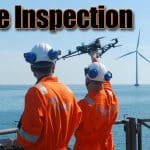The field of drones has been rapidly evolving with more and more powerful drones hitting the market. For instance, drone speed, one of the most viewed specs according to statistics, has seen so much improvement over the past few years. You can currently buy drones that will meet your needs, for instance, in action videography or satisfy your craving for speed. But how fast do drones fly?
Maximum Drone Speed
If you have been planning to buy or upgrade your drone and are wondering how fast do drones fly, then here is your answer. Drones from leaders in the drone industry have a maximum speed between 50-70mph. You can easily find these drones on Amazon and enjoy the adrenaline rush or taking a video of a fast-moving car. One of these drones is the DJI Inspire 2 that can clock 58mph at top speed.
However, the top speed achievable varies depending on several factors. That is why you can find drones that are faster than the 70mph and those with lower maximum speeds. It all narrows down to three things: design, physics of flight, and legal aspects when it comes to how fast drones fly. If you are considering drone speed when shopping for a drone, here are the essential things to know:
- Factors that determine the maximum drone speed
- Maximum speeds of popular drones
- How to Make your drone go faster
What Factors Determine the Maximum Drone Speed?
1. Type of Drone
Perhaps the primary determinant of how fast a drone can go is the type of drone. There are three popular types of commercially available drones, with each having a different top speed range. The types are:
Beginner Drones
These drones are categorized as toy class machines as they are easy to maneuver. When flying this drone, you can get to top speeds of 12mph, which is quite low, especially when you have flown faster drones. However, it is quite a significant speed, especially to a beginner who is still getting the hang of things.
Trick Drones
What you will most likely be buying is a drone from the trick drones category because they are the most popular and suited for a wide range of activities. As the name goes, you can perform tricks with them, and therefore you need some experience. They are faster, and you can get drones with top speeds between 40-60mph. Some can even stretch to 70mph. A key feature is flight stability that allows you to record a video and take stunning images without blurring.
Racing Drones
If you are more into speed, then going for a racing drone is your best bet. These drones are designed for speed and thus are small, lightweight, but very powerful. The maximum speed ranges between 60-120mph for racing drones fresh from the store. However, most racers customize their drones, and you will find them going faster than the official top speed.
Of course, there is another category that flies faster than all the above, but it mainly comprises of military drones which are not the topic for today. As you can also realize, the 50-70mph is given as the answer to how fast drones can fly because it is what you can get for most of the consumer drones available today.
2. Design and Technology
Another critical determinant of the maximum achievable speed is the design and technology of the drone. There are mainly two designs when it comes to consumer drones:
- Fixed wing
- Rotary wing
Fixed wing drones resemble an airplane. They attain lift through their fixed-wing just like an airplane does. Changing of altitude is done by gliding. Commercial drones available in this category have the advantage of utilizing less power to fly faster and also benefit from a tailwind if flying in the direction of the wind. The Yuneec Firebird, for instance, has a top speed of 51mph but can go at 70mph with the help of a tailwind.
Rotary wing drones are the most popular and utilize propellers powered by motors to lift and speed horizontally. Quadcopters fall in this category with their four propellers, for instance, the DJI Mavic Pro. You can also find hexacopters like the Yuneec Typhoon H Pro. The propellers have to not only hold the drone in the air but also move it, and thus they rely on powerful motors and batteries.
The technology in use also affects how fast a drone can go. Industry leaders like DJI are continually working to improve the technology in their drones that not only allows for better navigation and control but also more efficient flying.
3. Gravity
As mentioned earlier, most of the drones are of the rotary wing type. The multirotor design puts two responsibilities on the propeller: to lift the drone up and also move it horizontally. That is why the propellers face up. Now, as you already know, gravity acts to pull things down, and the drone is no exception. The propellers, therefore, have to fight gravity as well as move the drone, which is tasking and limiting to the highest achievable speed.
A solution to this problem is to make the drone as light as possible and therefore reduce the gravity force. That is why racing drones are the lightest and can achieve impressive speeds of up to 120mph. Your average consumer drone has to balance between making the drone as light as possible while having everything needed for a stable flight like sensors and equipment like high-resolution cameras. That is why their range is up to around 70mph at most.
4. Propeller and Motor Type
Another way for a drone to conquer gravity and fly faster is to use more aerodynamic propellers and powerful motors. It is for this reason that the type of propeller and motor determine the maximum speed for a drone.
More aerodynamic propellers have a larger surface area and a more significant angle of attack. These qualities allow them to achieve more lift with a less number of spins. A balance is, however, maintained between achieving the features by increasing in size and keeping the weight manageable.
Making the motors more powerful can result in a faster RPM (revolutions per minute) and hence make the drone more powerful. The DJI Mavic Pro, for instance, has 6000 RPM for its motors. A more powerful motor means a need for a larger battery, which together makes the drone heavier and may end up being counterproductive. That’s why you need to strike a balance.
5. Safety and Legal Matters
Although you will most likely not need a license to fly your drawn, you may need a commercial drone license from FAA if your flying is paid. There are several rules and regulations that you need to adhere to but the most important one her is the speed limit in Part No. 107 of the FAA rules. You cannot fly your drone faster than 100mph according to this rule. It, therefore, means that drones won’t be flying any more than 100mph in the open.
The limit is quite generous when you put in mind that only some racing drones can reach this limit. What you will most likely be buying will have a top speed of around 60mph, as mentioned earlier.
Maximum Speeds of Popular Drones
- Yuneec Typhoon H Pro 70mph
- DJI Inspire 2 58mph
- Yuneec Firebird 51mph
- DJI Phantom 4 Pro 45mph
- DJI Mavic Pro 2 45mph
- DJI Mavic Air 42.5mph
- DJI Mavic Pro 40mph
- Parrot Bebop 2 37mph
- DJI Spark 31mph
- Parrot Anafi 27mph
Note that the above numbers are the official values and might be different from what you achieve in the real world. Factors like wind speed and direction and the size of your payload will determine how fast the drone flies.
How to Make Your Drone Go Faster
There are several things that you can do to get the most out of the drone in terms of top speed. Doing the following can help you reach speed levels close to the official top speed:
- Mode- choose the sport mode, and you will be able to fly faster, for instance, you can get to 40mph on the DJI Mavic Pro on sport mode while switching to the stable flight mode for smooth recording caps you at 30mph
- Altitude – a higher altitude means less dense air and hence faster flight
- Flight conditions- check on the wind, humidity, and temperature, for instance, flying in the direction of the wind boosts your speed
- Maximum speed setting – you can set it higher to maximize on the speed capabilities of your drone
- Weight- keep the weight on the low as much as possible for a faster flight
- Customization – if you have some experience and knowledge of drones, customize it by changing to better propellers and powerful motors
What is the Fastest Drone Record?
Before wrapping it all up here is a look at impressive speed levels achieved by drones. The DRL Racer X designed by the Drone Racing League holds the Guinness World Record for being the fastest drone. It reached a record speed of 179mph. It is powered by a powerful 2500kV motor with up to 43000RPM and only weighs 1.76lbs.
How Fast Do Drones Fly Conclusion
The maximum speed of most drones falls between 50-70mph for powerful industry leaders. There are, however, several factors that determine the top speed, and that is why you may find drones with up to 120mph top speed for the racing drones. Your best choice, however, is to go for the general consumer drone, which balances speed with functionality, allowing you to take breathtaking photos and videos while flying relatively fast.
References

